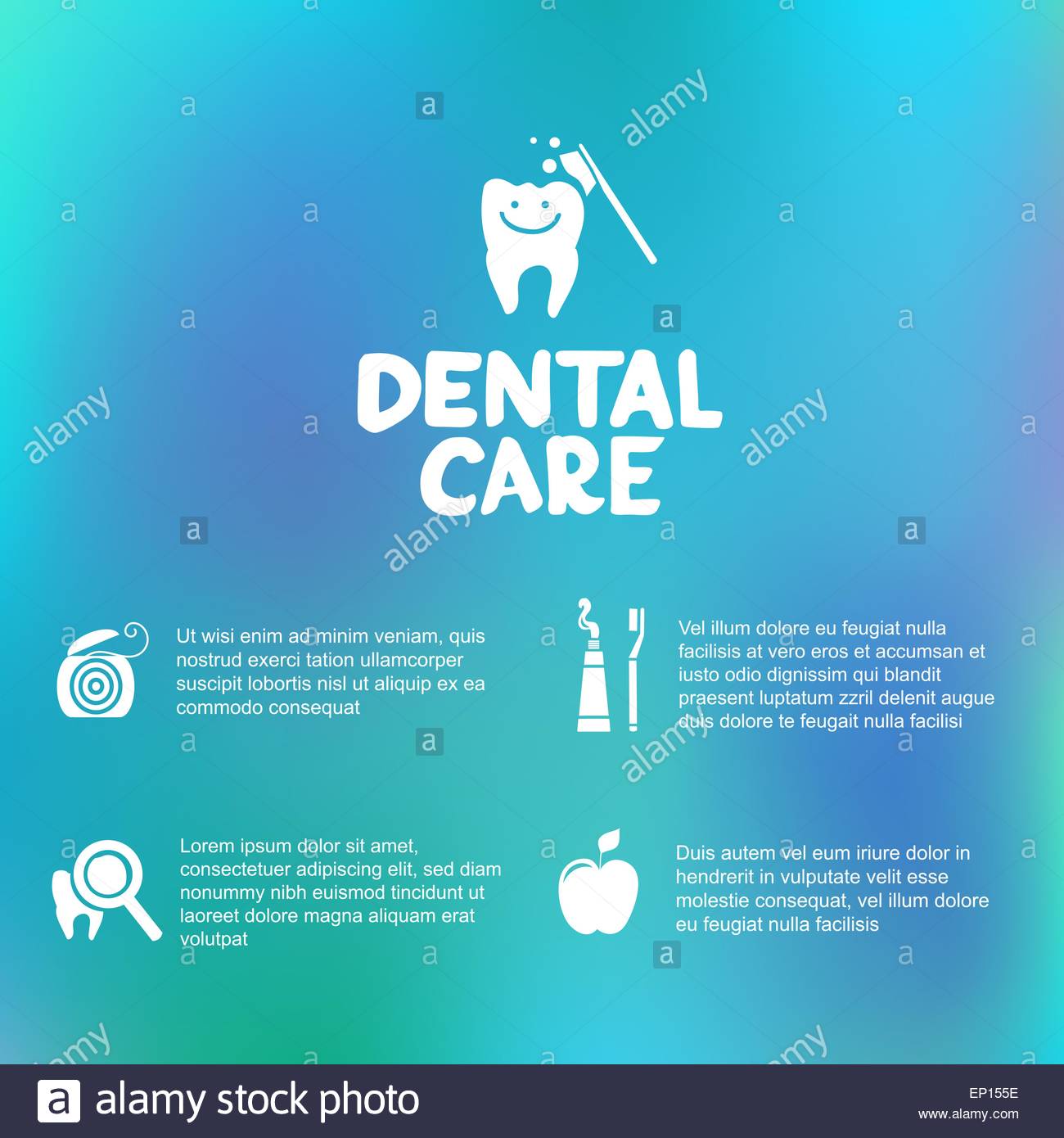The Advancement Of Oral Surgery: Emerging Technologies And Advancements Changing The Discipline
The Advancement Of Oral Surgery: Emerging Technologies And Advancements Changing The Discipline
Blog Article
Personnel Writer-Kokholm Jefferson
Welcome to the globe of dental surgery, where technologies and breakthroughs are shaping the future of the field! In this interesting world, you'll witness the transformative power of robotics, the cutting-edge marvel of 3D printing, and the game-changing effect of minimally intrusive methods.
The future of oral surgery holds an assurance of precision, effectiveness, and enhanced client end results. With the help of sophisticated robotics, surgeons have the ability to perform complicated treatments with greater accuracy and control.
3D printing innovation is reinventing the creation of dental implants and prosthetics, providing tailored services that fit seamlessly into each individual's unique anatomy.
Additionally, minimally intrusive techniques are lowering post-operative discomfort and recovery time, enabling individuals to go back to their lives sooner.
Get https://equusmagazine.com/horse-care/toothless-31892/ to check out the exciting technologies and advances that are reshaping the landscape of dental surgery!
Innovations in Robotics
One major advancement in oral surgery is the use of robotic innovation, which allows for specific and reliable surgeries. With the help of robotic systems, oral surgeons have the capability to perform complex surgical treatments with enhanced precision, reducing the danger of human mistake.
These robotic systems are equipped with innovative imaging innovation and accurate tools that allow cosmetic surgeons to navigate via complex anatomical frameworks with ease. By using robot technology, surgeons can achieve higher surgical accuracy, causing enhanced client results and faster healing times.
Furthermore, the use of robotics in dental surgery enables minimally invasive procedures, reducing the injury to surrounding cells and promoting faster healing.
3D Printing in Dental Surgery
To boost the field of dental surgery, you can check out the subtopic of 3D printing in dental surgery. This cutting-edge innovation has the potential to revolutionize the way oral cosmetic surgeons operate and deal with clients. Here are https://teeth-whitening-uv-light06284.dm-blog.com/32996932/orthodontic-emergencies-what-to-do-and-just-how-to-avoid-them which 3D printing is shaping the field:
- ** Customized Surgical Guides **: 3D printing allows for the creation of highly accurate and patient-specific medical overviews, enhancing the accuracy and effectiveness of treatments.
- ** Implant Prosthetics **: With 3D printing, dental cosmetic surgeons can develop tailored dental implant prosthetics that flawlessly fit a client's one-of-a-kind makeup, causing better end results and client contentment.
- ** Bone Grafting **: 3D printing makes it possible for the manufacturing of patient-specific bone grafts, reducing the demand for typical grafting strategies and boosting recovery and healing time.
- ** Education and learning and Educating **: 3D printing can be used to develop practical surgical models for instructional functions, allowing dental cosmetic surgeons to practice complicated treatments prior to performing them on clients.
With its potential to improve accuracy, customization, and training, 3D printing is an amazing advancement in the field of oral surgery.
Minimally Invasive Techniques
To even more progress the field of dental surgery, embrace the potential of minimally intrusive techniques that can considerably benefit both specialists and people alike.
Minimally invasive strategies are reinventing the area by decreasing surgical trauma, reducing post-operative discomfort, and accelerating the recuperation process. These strategies involve making use of smaller incisions and specialized instruments to perform procedures with precision and performance.
By making use of advanced imaging modern technology, such as cone light beam calculated tomography (CBCT), specialists can precisely plan and carry out surgical procedures with marginal invasiveness.
Additionally, the use of lasers in oral surgery allows for precise cells cutting and coagulation, resulting in minimized bleeding and lowered healing time.
With minimally invasive methods, clients can experience faster healing, lowered scarring, and improved outcomes, making it a crucial element of the future of dental surgery.
Conclusion
So, as you can see, the future of oral surgery is incredibly encouraging, with amazing advancements and advances forming the field.
From the improvements in robotics to the use of 3D printing and minimally invasive methods, dental specialists are reinventing the method they give care.
While some might bother with the possible cost associated with these improvements, it is very important to keep in mind that these innovations ultimately boost person outcomes and minimize recuperation time, making them well worth the investment in the long run.
